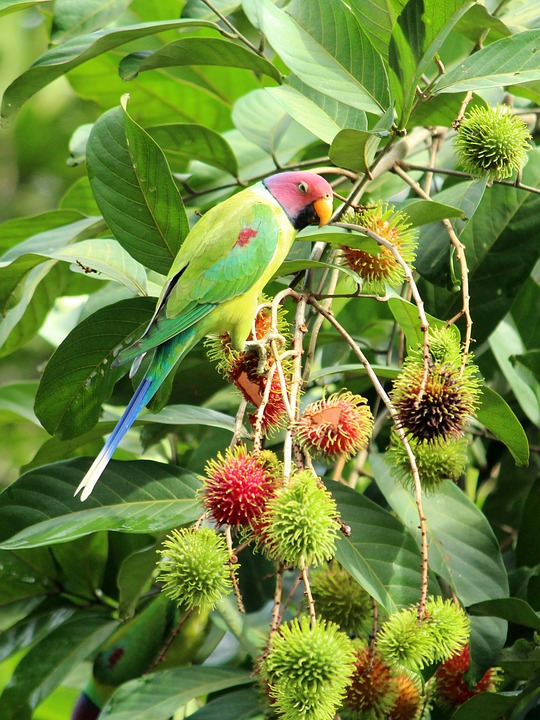Parrots are intelligent and curious creatures that require mental and physical stimulation to thrive. Understanding their natural behavior, such as foraging, can significantly contribute to their overall well-being. In this article, we will explore the importance of foraging behavior in parrots and the role foraging nets can play in enhancing their quality of life.
Foraging behavior is instinctual for parrots. In the wild, parrots spend a significant amount of time searching for food, which provides mental and physical exercise. Simulating this natural behavior in captivity is essential for their mental and physical health. Foraging behavior promotes problem-solving skills and prevents boredom, which can lead to behavioral issues. By engaging in foraging activities, parrots can stay mentally stimulated and satisfied.
Foraging behavior also provides an excellent means of physical exercise for parrots. When parrots forage for food, they move around, climb, and use their beaks and feet to manipulate objects. This natural movement helps develop their muscles and combats obesity, which is a common health issue in captive parrots. By introducing foraging nets, parrot owners can encourage their pets to engage in physical activity and promote their overall well-being.
So, what are foraging nets? Foraging nets are specially designed nets that can be filled with food and treats. Parrots then have to use their problem-solving skills to extract the food from the nets. There are different types and designs of foraging nets available in the market, ranging from simple nets to more complex puzzles. Parrot owners can choose the nets that best suit their parrot’s abilities and preferences.
Foraging nets offer several benefits for parrots. Firstly, they encourage natural foraging behavior, allowing parrots to engage in a behavior that comes instinctively to them. This can provide mental stimulation and prevent boredom, which is essential for their well-being. Secondly, foraging nets provide physical exercise, as parrots have to manipulate the nets and work to extract the food. Lastly, foraging nets can also help control and manage the parrot’s food intake, preventing overeating and obesity.
To effectively use foraging nets, parrot owners can place them in different locations to mimic natural foraging opportunities. Varying the types of food and treats used in the nets can also keep the parrot interested and engaged. Additionally, gradually increasing the difficulty level of the foraging tasks can challenge the parrot’s problem-solving skills and prevent them from getting bored.
Now, let’s address some frequently asked questions about foraging nets for parrots. Firstly, foraging nets are suitable for most parrot species. However, some species may have limitations or concerns, such as smaller beaks or delicate feet, which may make it difficult for them to manipulate certain types of nets. It’s important to consider the specific needs of your parrot when choosing a foraging net.
Regarding the frequency of providing foraging opportunities, it’s recommended to introduce foraging nets a few times a week, alongside regular feeding routines. It’s important to maintain a balance between foraging and regular feeding to ensure that the parrot’s nutritional needs are met.
Foraging nets should not replace regular feeding bowls. They should be seen as an addition to regular feeding routines. It’s crucial for parrots to have a well-balanced diet that includes a variety of fresh fruits, vegetables, pellets, and nuts. Foraging nets can provide mental and physical stimulation, but they should not be relied upon as the sole source of food for parrots.
To encourage your parrot to use the foraging nets, you can start by introducing them gradually. Place enticing treats or toys inside the nets to pique their interest. As they become more familiar with the nets, you can gradually increase the difficulty level of the foraging tasks.
While using foraging nets, it’s important to consider the safety of your parrot. Potential risks include entanglement or ingestion of non-food items. Ensure that the nets are securely attached and regularly check for any signs of wear and tear. Avoid using small or sharp objects that could potentially harm your parrot. Always supervise your parrot when they are using foraging nets.
In conclusion, understanding the natural foraging behavior of parrots is crucial for their overall well-being. By providing foraging nets as an enrichment tool, parrot owners can stimulate their pets’ mental and physical abilities, preventing boredom and promoting a healthier lifestyle. Remember to always prioritize the safety of your parrot when introducing any new enrichment items.









